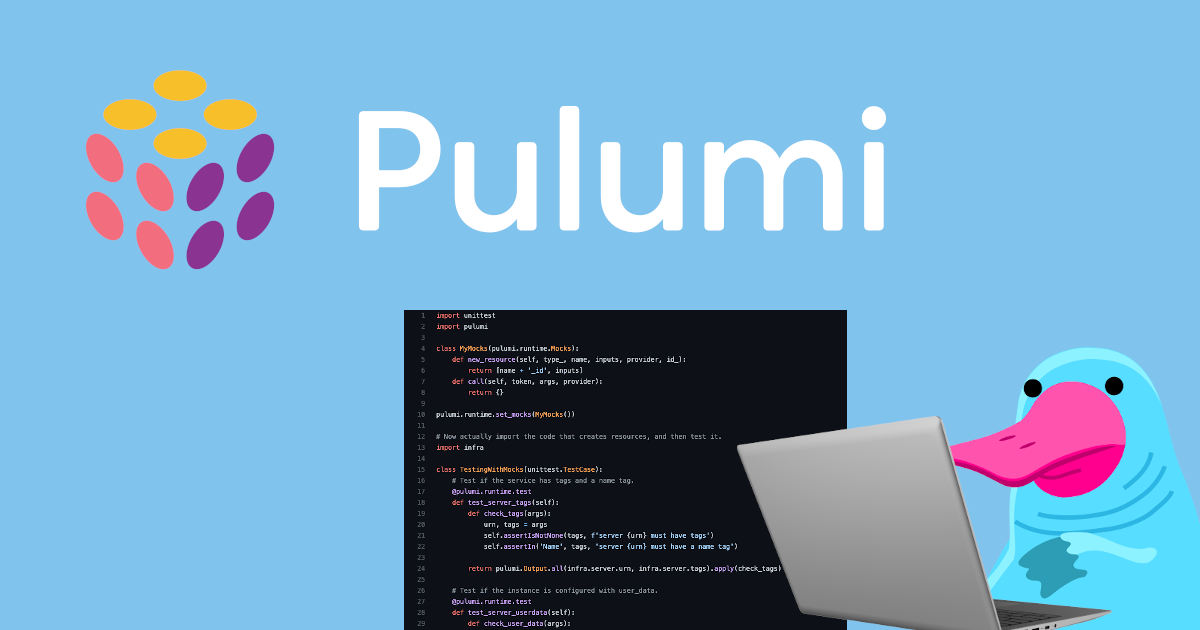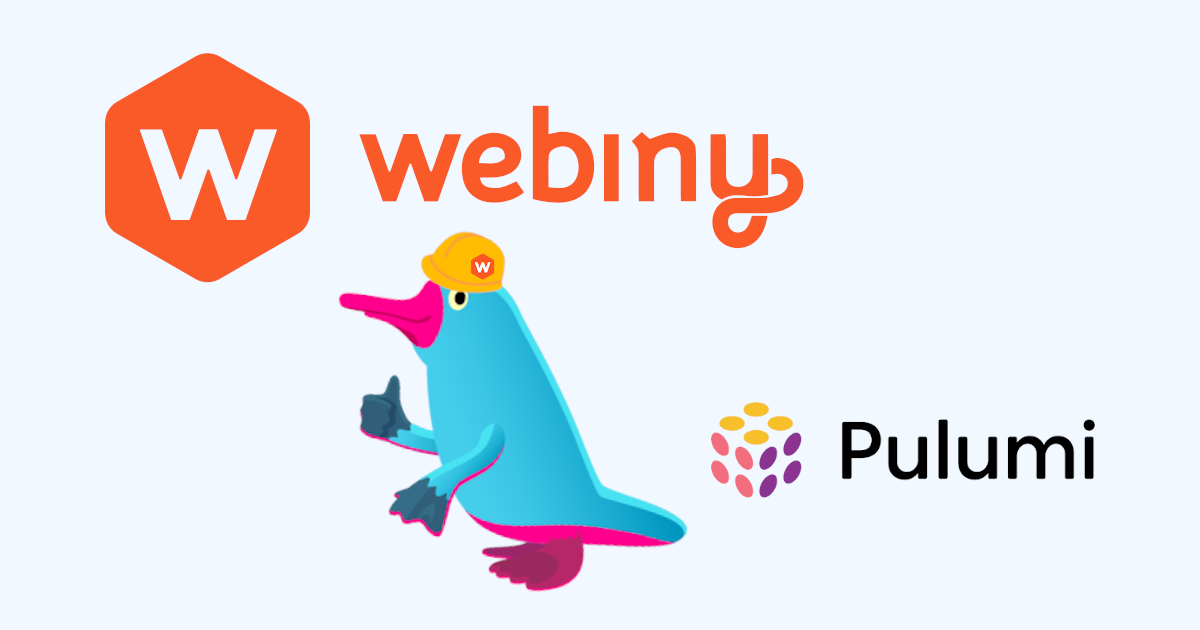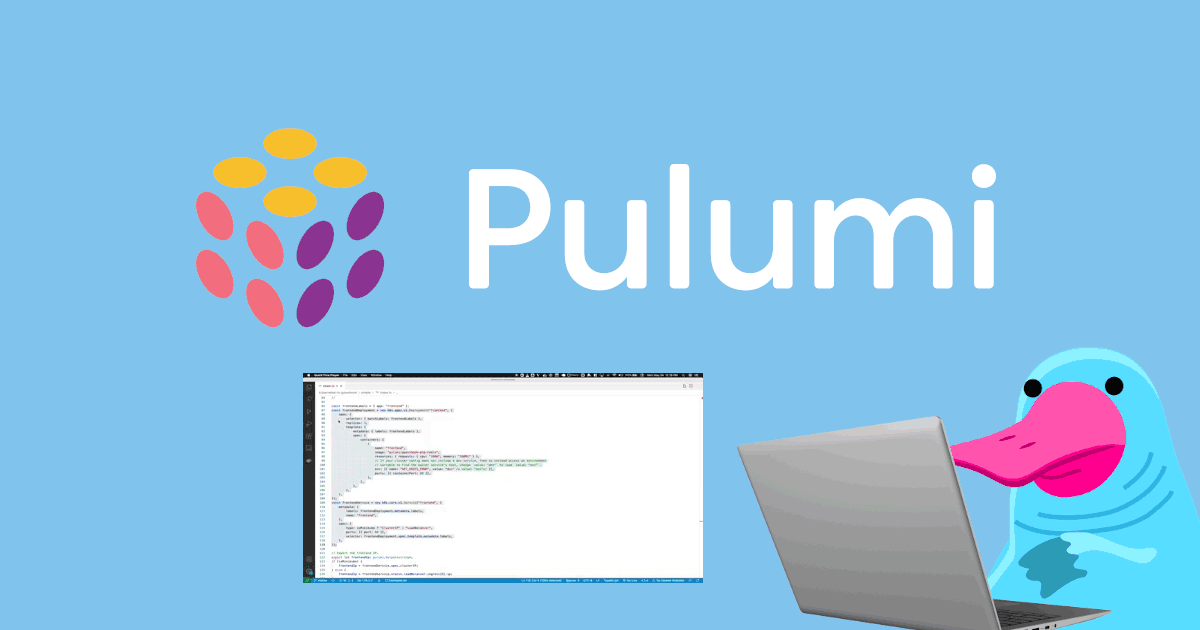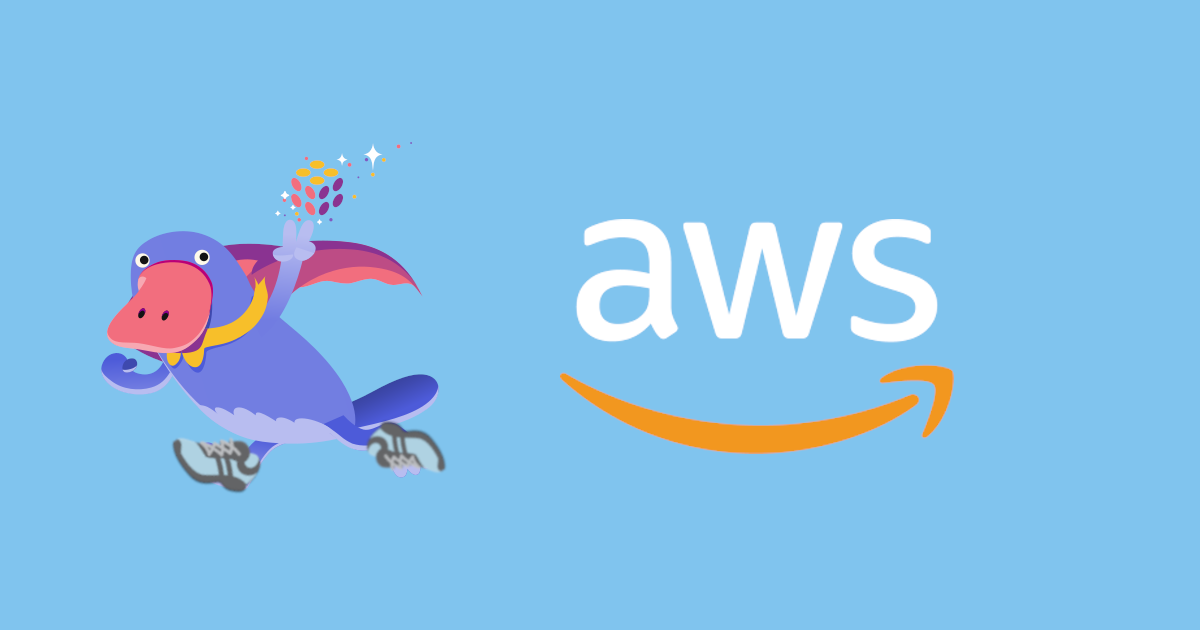July 7 releases: new pricing, replaceOnChanges, and more

In this update:
- New and updated cloud providers
- Pulumi CLI and core technologies
- Pulumi Service and Pulumi.com

In this update:

This post is out-of-date. For the latest pricing and editions, please visit the Pulumi Pricing page.
Today we are launching Pulumi Team Edition, a new way for teams to adopt and use Pulumi and the Pulumi Service to collaborate on building, managing and deploying cloud infrastructure as code. Pulumi Team Edition is priced based on the number of cloud resources under management, with a generous free tier to ensure that teams can get up and running with Pulumi Team Edition at no cost.
Pulumi Enterprise Edition, which offers larger organizations advanced security, policy, access control, support and billing options, is also now available with usage-based pricing, including prepaid options with bulk discounts available.
 Lee Zen
∙
Lee Zen
∙

At Pulumi, we have a tradition of hosting hackathons every so often to play with concepts and ideas that we may not typically encounter in our day-to-day product building activities. This past week, we’ve had two separate back-to-back hackathons. Our first hackathon, which was open to the community, focused on using our new multi-language component capabilities. Multi-language components allow developers to author reusable infrastructure abstractions in one language and make them available to others in all the languages that Pulumi supports. We were really excited to see what everyone would build!

Cloud engineering brings industry-standard software development practices to building, deploying, and managing cloud infrastructure. Testing is a common practice for evaluating software to ensure that it meets requirements. Similarly, infrastructure testing checks for missing requirements, bugs, and errors; it also ensures security, reliability, and performance. Testing uses manual or automated tools to identify bugs that can cause unexpected infrastructure behavior.
There are many benefits to infrastructure testing, including:
Testing shifts left the risk inherent with distributed architectures composed of many resources. Ultimately, testing increases release velocity, reliability, and confidence in your application.
This article is the first in a two-part series about testing infrastructure. The terminology for testing can be confusing because of broad definitions that overlap. This article will narrow those definitions that originated from application testing and apply them to infrastructure and cloud engineering. Let’s take a look at the different types of testing used with infrastructure as code.

Hi everyone, I’m Hitesh Boinpally, a junior studying Computer Science at the University of Washington. I was offered the opportunity to intern for Pulumi over the past three months, and here’s how it looked!

We regularly ship updates across the Pulumi ecosystem, with a release of the Pulumi CLI every two weeks, frequent releases of our cloud providers in the Registry, and regular updates to the Pulumi Service. You can read about most of those changes in the CHANGELOG.md files in each open source repository. To highlight some of the most exciting releases—including, for the first time, updates to the Pulumi Service—we’re trying something new: a regular release notes post for Pulumi release news, features, and updates. If you find it useful, or have ideas on how we could improve it, let us know on Twitter or in the Pulumi Community Slack!
In this update:

Building an open-source framework for building serverless applications has many challenges, one of which is deploying cloud infrastructure resources. In this article, learn how Webiny uses Pulumi to enable its users to easily deploy and develop applications built on top of serverless cloud technologies.

The central principle of cloud engineering is adopting software engineering practices. Refactoring is a technique for making changes to code that improve maintainability, enhance performance, scalability, and security without changing its external behavior. In devops, refactoring often occurs with modern applications; however, we can apply those same techniques to cloud infrastructure with infrastructure as code.
![How to Use ECS Anywhere with Pulumi [Step-by-Step Guide]](/blog/ecs-anywhere-launch/ecs_anywhere.png)
@pulumi/awsx). For updated AWSx documentation and examples, see the AWS Guides.When Amazon’s Elastic Container Service (ECS) first launched in 2014, it enabled an easy and convenient way of deploying and scheduling containers in the AWS ecosystem. Back then, you would run a set of EC2 instances, and ECS would deploy containers to instances based on the size, resources, and placement requirements you specified.
 Lee Zen
∙
Lee Zen
∙

There are loads of benefits to packaging up an application as a container. You can ensure that your application has all the required dependencies and runs in the isolated, predictable environment you expect. When it comes to running that containerized application, there are many options, including Kubernetes, Amazon Elastic Container Service (ECS), and Docker. Often, running a container application at scale requires setting up a container orchestrator and providing network infrastructure to the containers. Configuring this can be complex, especially if you’re not familiar with virtual networking concepts such as virtual private clouds, load balancers, and the like.